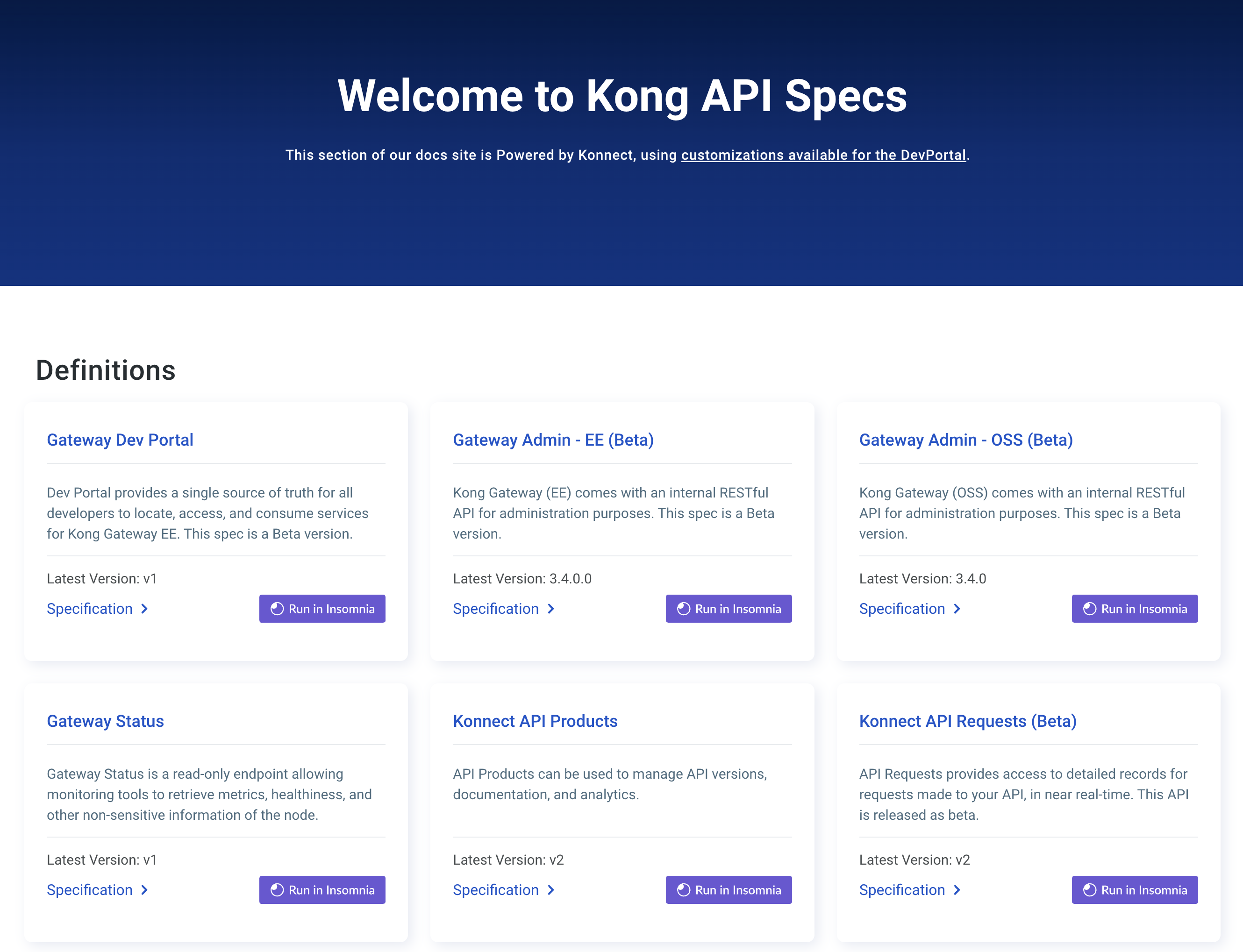このページは、まだ日本語ではご利用いただけません。翻訳中です。
旧バージョンのドキュメントを参照しています。 最新のドキュメントはこちらをご参照ください。
Protocol support in Kong Mesh
At its core, Kong Mesh distinguishes between the following major categories of traffic: http, grpc, kafka and opaque tcp traffic.
For http, grpc and kafka traffic Kong Mesh provides deep insights down to application-level transactions, in the latter tcp case the observability is limited to connection-level statistics.
So, as a user of Kong Mesh, you’re highly encouraged to give it a hint whether your service supports http , grpc, kafka or not.
By doing this,
- you will get richer metrics with
MeshMetricpolicy - you will get richer logs with
MeshAccessLogpolicy - you will be able to use
MeshTracepolicy
On Kubernetes, to give Kong Mesh a hint that your service supports HTTP protocol, you need to add an appProtocol to the k8s Service object.
E.g.,
apiVersion: v1
kind: Service
metadata:
name: web
namespace: kuma-example
spec:
selector:
app: web
ports:
- port: 8080
appProtocol: http # let Kong Mesh know that your service supports HTTP protocol
HTTP/2 support
Kong Mesh by default upgrades connection between Dataplanes to HTTP/2. If you want to enable HTTP/2 on connections between a dataplane and an application, use kuma.io/protocol: http2 tag.
TLS support
Whenever a service already initiates a TLS request to another service - and mutual TLS is enabled - Kong Mesh can enforce both TLS connections end-to-end as long as the service that is generating the TLS traffic is explicitly tagged with tcp protocol (ie: kuma.io/protocol: tcp).
Effectively
kuma-dpwill send the raw original TLS request as-is to the final destination, while in the meanwhile it will be enforcing its own TLS connection (if mutual TLS is enabled). Hence, the traffic must be marked as beingtcp, sokuma-dpwon’t try to parse it.
Note that in this case no advanced HTTP or GRPC statistics or logging are available. As a best practice - since Kong Mesh will already secure the traffic across services via the mutual TLS policy - we suggest disabling TLS in the original services in order to get L7 metrics and capabilities.
Websocket support
Kong Mesh out of the box support’s Websocket protocol. The service exposing Websocket should be marked as tcp.
As Websockets use pure TCP connections under the hood, your service have to be recognised by Kong Mesh as the TCP one. It’s also the default behavior for Kong Mesh to assume the service’s inbound interfaces are the TCP ones, so you don’t have to do anything, but if you want to be explicit, you can configure your services exposing Websocket endpoints with appProtocol property. I.e.:
apiVersion: v1
kind: Service
metadata:
name: websocket-server
namespace: kuma-example
spec:
selector:
app: websocket-server
ports:
- port: 8080
appProtocol: tcp












